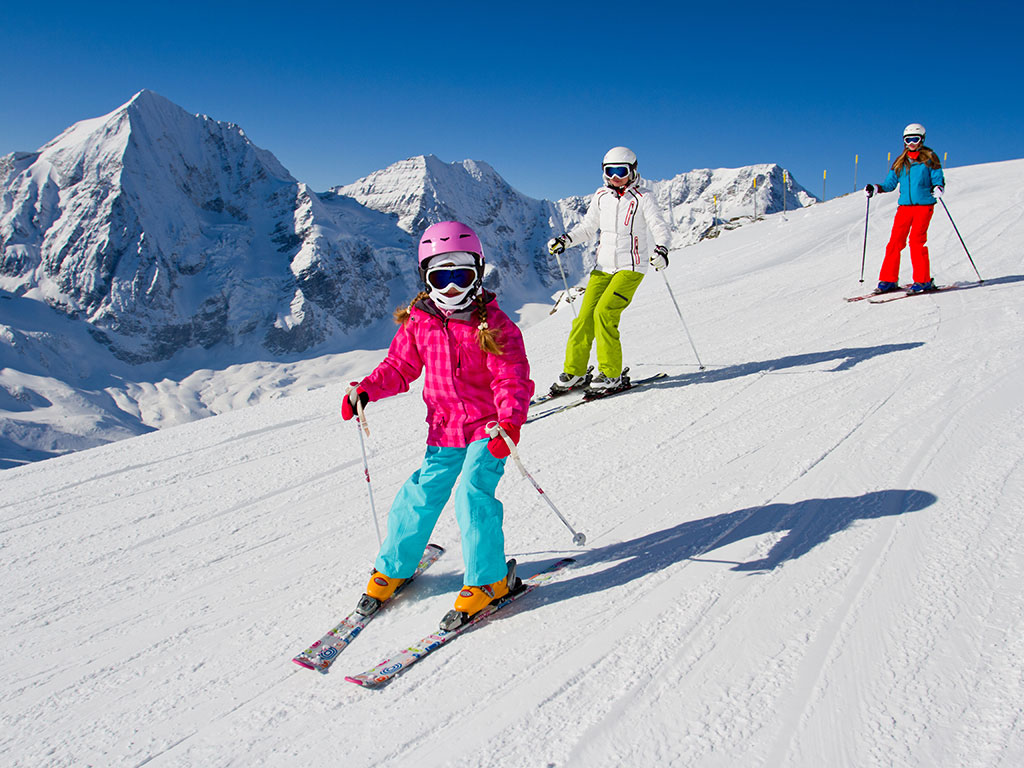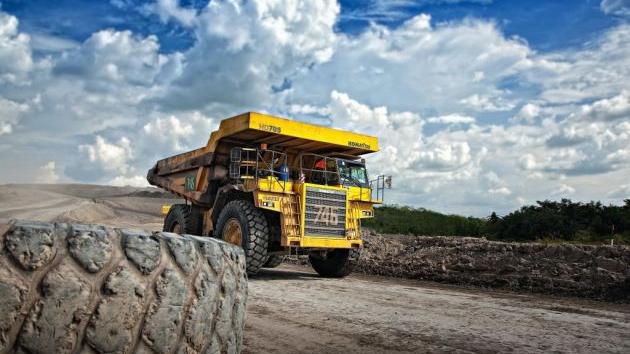Is skiing over in Serbia? – It will most probably no longer be possible on Stara planina
(Photo: gorillaimages/shutterstock.com)

The official website of the Ski Resorts of Serbia states the following: “Stara planina will very quickly become one of the largest and most important ski centers in Serbia, especially intended for fans of ski sports and quality skiing in an environment of immense beauty and intact nature.”
It is true that Stara Planina abounds in immense beauty in various forms, but at the same time the part of the sentence about intact nature is debatable, because we should not forget that the local people on Stara planina rebelled many times against various projects that intended to “touch” this intact nature.
The ski center complex was built on the Jabucko ravaniste, an important place for biologists due to the biodiversity of the former, rare, peat habitat.
In the meantime, whether Stara planina will really become “one of the largest and most important ski centers” depends mostly on the future climate.
With the help of climate models, we can estimate what the climate will be like at different altitudes in the coming decades
– With the help of climate models that are used to forecast climate elements in the next 80 years, I tried to get scientific knowledge about the future of this locality. With the help of seven regional and global climate models that cover the area of Stara planina, I researched the data related to the highest parts of the mountain, which also cover the areas above the ski center. The element that I analyzed are daily temperatures until the end of 2100. The result of each climate model is a daily temperature curve that can generally show us in which direction the temperature is going, i.e. if we should expect a thawing or a cooling. Then I formed an average of all climate models (ensemble mean) and presented it on a graphic for each month during which skiing can be ensured: November, December, January, February and March – writes Milica Radakovic of the Faculty of Sciences in Novi Sad.
Three different scenarios of future greenhouse gas emissions (the so-called RCP or Representative Concentration Pathways) were used for the climate models. They describe possible future changes in greenhouse gas emissions and their consequences for the climate:
RCP 2.6 – in this scenario, emissions peak around 2020 and then decline rapidly. This is the most optimistic scenario as far as carbon dioxide emissions are concerned. The result: global warming is limited to about 1.5–2°C by 2100.
The RCP 4.5 scenario entails the introduction of some measures to reduce emissions, where emissions reach a peak around 2040, after which they slowly decrease. The result: global warming increases by about 2.4 to 3°C by 2100.
RCP 8.5 - a scenario in which people make no effort to stop carbon dioxide emissions, but continue to base their economic development on fossil fuels. The result: global warming reaches 4 to 5°C by 2100.
(Photo: Milica Radaković)

Ski tourism on Stara Planina already threatened, temperatures to be even higher in the future
In short, the result is: not good. Most likely, ski tourism will not be possible on Stara planina very soon, and especially not at the end of the century.
Whichever scenario we consider, the duration of the season will be drastically reduced, so the pressure on the destination will increase, which will also affect the quality of services. Even in the most optimistic scenario, only January shows the consistent temperatures necessary for this type of tourism.
However, in order for there to be any ski season in January, the world must comply with the 2015 Paris Agreement, in which the planet warms up to 1.5°C, which seems increasingly unlikely.
If we look at the “middle” scenario, not only is there not enough snow in the other months, but January becomes questionable as well – and successful ski seasons normally run from November / December to March.
The conclusion would be that one should not invest in ski centers in this part of the Balkans, because it will not pay off if we look at the temperature projections.
Babin zub (Photo: eKapija / Aleksandra Kekić)

Research has also been done in other states with ski centers and it suggests that ski centers at lower altitudes should be gradually closed, while those at the highest ones are still considered profitable.
For example, a positive mean temperature is also expected in the Alps from November to April up to an altitude of 2000 m, and in the case of continued burning of fossil fuels, the snow line in the Alps moves above 2300 m above sea level.
If you were to look at satellite images, by the end of the century there should be more and more dark areas on the mountains as the amount of snow decreases. Albedo additionally leads to the reduction of the area under the snow, because darker surfaces (exposed rocks) heat up more and additionally make it impossible to contain the snow that falls.
Another consequence of the increase in temperature in the high parts of the mountain is the rapid melting of the snow that might fall, which leads to winter torrents, when there is still no vegetation in the valley to absorb the water. For decades, projections of climate and water regimes have been made for large mountains in Europe, and plans for adaptation to new conditions have been made.
Adaptation of tourism to the new climate can be quite painless, because a mountain like Stara planina has plenty of natural beauty: adventure, ecotourism and geotourism are the true forms of tourism that should be developed in a place like this.
Stara planina has enough scars from the consequences of human activity, and the proposed forms of tourism do not affect the environment, or their “footprint” is drastically smaller, and it can be realized in all seasons, not only in the winter half of the year, which can have a positive effect on the material conditions of the local population.
– This is why I am proud to have been a participant in the creation of the contents of the Stara Planina River Defense Museum in Temska, which preserves the memory of the decades-long struggle for a healthy environment on this mountain. Read about the potential destinations of Stara planina that are an alternative to ski tourism at the following link – says Radakovic.
Nature protection on Stara planina
Stara planina is home to geological formations – recognizable red Permian and Triassic sandstones (full of fossils), but also limestone rocks in certain areas; geomorphological formations such as river valleys with steep slopes, canyons (Toplodolska river), ravines (Slavinjsko grlo) and other geological formations above Temska, a steephead valley above Dojkinac (Ponor), while the tectonics predisposed the faults on which the largest waterfalls in Serbia are located.
Slavinjsko grolo (Photo: eKapija / Aleksandra Kekić)

Stara planina is also the habitat of protected butterflies, which you can find out about along the main roads on the mountain.
At the same time, small hydropower plants were actively being built in this area - starting from the Visocica river, where half a century ago the dam and reservoir of Lake Zavoj were built, which submerged the villages at the bottom of the valley, irreversibly disrupting the natural water regime in its basin.
Meanwhile, mass protests against the construction of mini-hydropower plants from Belgrade, Novi Sad and Nis to Temska and Toplo Dol led to a moratorium on their construction for the next 15 years.
A film that can be viewed in the Museum of River Defense of Stara Planina in Temska was also made about the ecological problems of the so-called “intact nature”.
Tags:
Faculty of Sciences in Novi Sad
Milica Radaković
Kopaonik
Tornik
Brezovica
Stara planina
Jabučko ravnište
skiing in Serbia
ski resorts in Serbia
ski tourism
Paris Agreement
nature protection on Stara planina
Comments
Your comment
Most Important News
Full information is available only to commercial users-subscribers and it is necessary to log in.
Follow the news, tenders, grants, legal regulations and reports on our portal.
Registracija na eKapiji vam omogućava pristup potpunim informacijama i dnevnom biltenu
Naš dnevni ekonomski bilten će stizati na vašu mejl adresu krajem svakog radnog dana. Bilteni su personalizovani prema interesovanjima svakog korisnika zasebno,
uz konsultacije sa našim ekspertima.


 Izdanje Srbija
Izdanje Srbija Serbische Ausgabe
Serbische Ausgabe Izdanje BiH
Izdanje BiH Izdanje Crna Gora
Izdanje Crna Gora


 News
News













